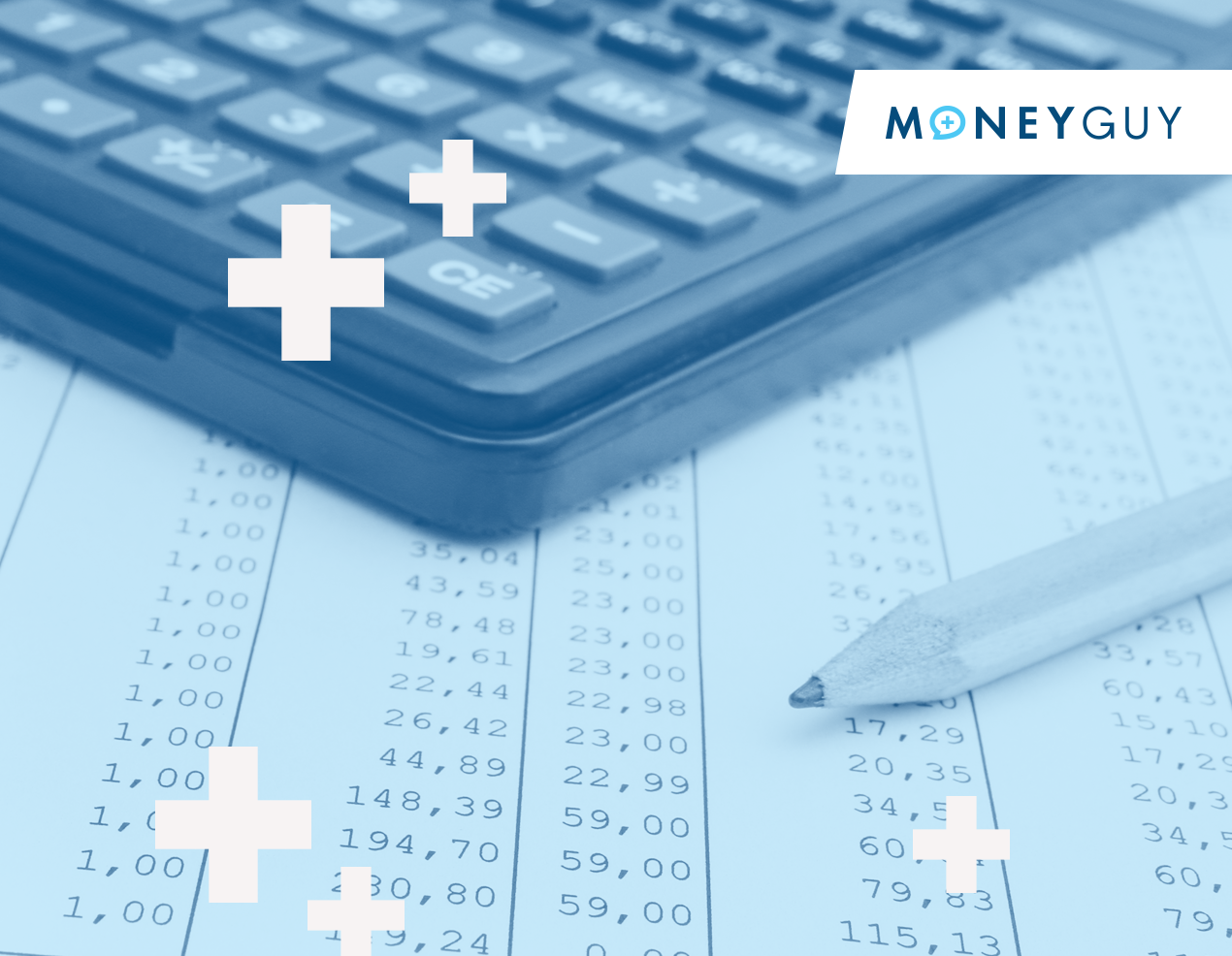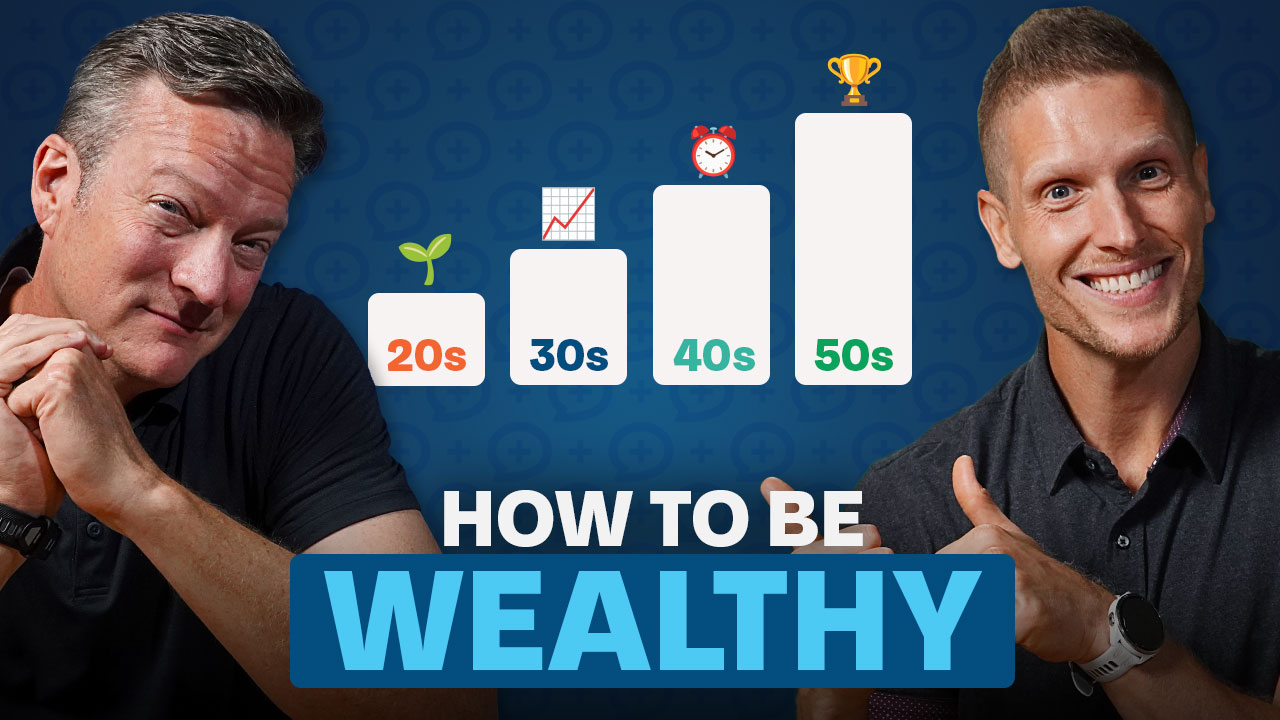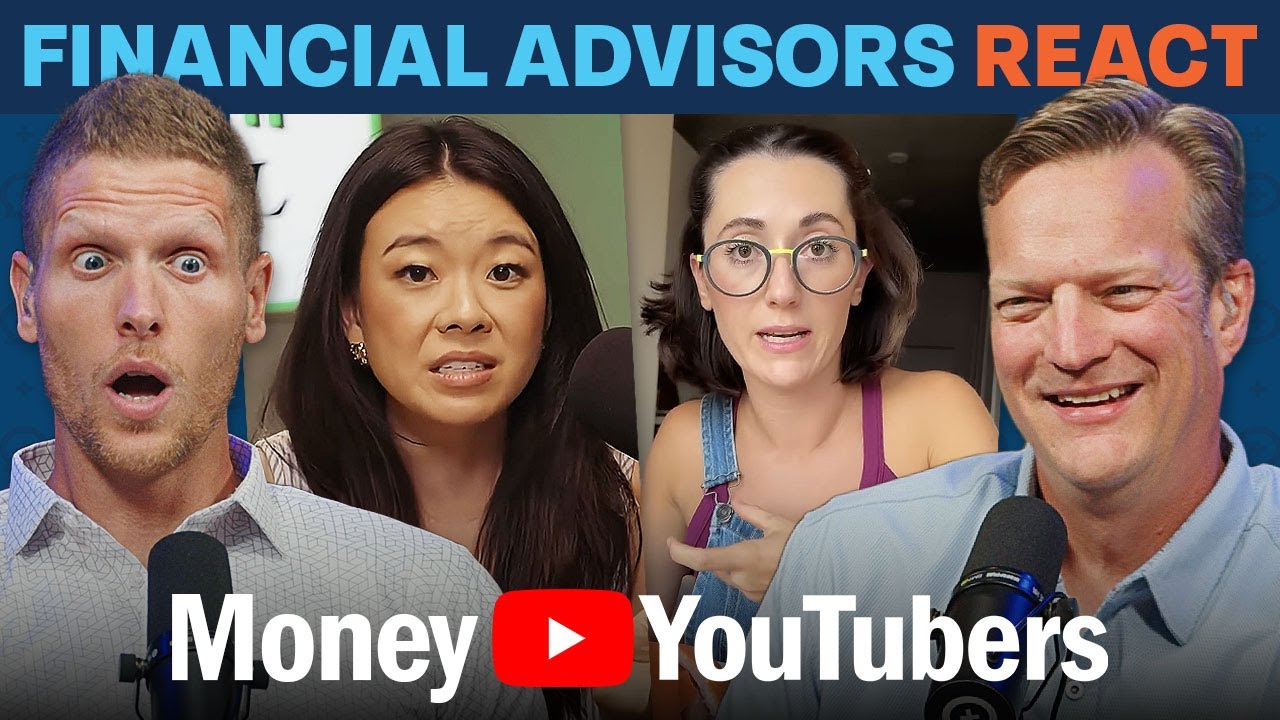How do you balance your Roth and after-tax buckets? Should you aim to nearly deplete your after-tax bucket by age 59 and a half?
Well, I think in a perfect world, the goal should never be to completely deplete any bucket. Now, in reality, it happens. You spin them down, you spin them down, you spin them down. But when you're talking about retirement, whether it's early retirement or traditional retirement, I don't think the goal should be to completely deplete that after-tax bucket. Because what happens is, if you can build all three buckets into retirement, whether it's early retirement or whether it's traditional retirement, you want to have your pre-tax assets. That's your 401(k)s, your IRAs, the things that when you pull the money out, you pay ordinary income tax on. You want to have your tax-free assets, your Roths, your HSAs, that when you pull money out, you don't pay any tax on those. And then you want to have your after-tax, which is kind of like when you pull money out, it depends on what's happened in the account, whether you pay tax. Because you can actually tax-manage those accounts so that you have pretty minimal tax drag through time.
Well, in the most beautiful retirement scenarios that we see, we get to pick and choose which pots we pull from and how much we pull from each pot in order to maximize the tax game. So, it might not be uncommon, any one year, you may be living off of your after-tax assets. You may want to pull out some of those pre-tax assets early so that you can max out those lower tax brackets, the 10% bracket, the 12% bracket, and then you supplement with the after-tax. Or maybe you have an expenditure where you don't want to trip over any sort of Irma surcharges, or you don't want to have your Social Security be taxed or anything, or something like that. You want to use those tax-free assets so that you don't hit those tripwires.
So, if you can have all three distinct buckets built up, it's going to give you maximum flexibility. What I don't love about depleting a bucket is that you kind of, you end up limiting yourself. By only one bucket is gone, all you have left are the other two buckets. In your case, the other one bucket was the only one that you get to pull from, and that may not be the most advantageous scenario.
E-money, I'm going to lay this out for you because this is what's great about. We just did a FIRE episode, and I don't know when this gets all spliced up, you need to go check it out where we actually model the numbers and show you what it looks like based upon income thresholds. If you make fifty thousand, a hundred thousand, two hundred thousand, four hundred thousand, go check it out. But here's what we found out from doing our research. You've got to save a ton of money. You've got to save. I mean, let's be honest. You've got to save if you're going to be part of the FIRE movement, 35% to 40% of your income. If that's the case, this is if we're combining a high savings rate of 35% to 40%, so we can build financial independence much sooner than the typical American. You're going to quickly graduate to step seven of the
financial order of operations. If you go to
moneyguy.com/resources, you can also download this free resource. Go to
learn.moneyguy.com if you want to see our course that does a deep dive on this.
But realize you transition from Step 6 to Step 7 of the financial order of operations once you exceed 25% of your gross income, you know, meaning that you've loaded up. You might not have reached the full 22,500 or even adding if you own the company or you have options to get other things of you know to take it all the way up to what 66, 68,000 on the 415 limit, 66. So, I think that you're going to find when you go from Step 6 to Step 7, you are now thinking of your three buckets, your after-tax, your tax-deferred, and then your tax-free. All that's going to come into play. So, you'll need the third thing. You'll need to move into is modeling your cash flow from whenever you think you're going to actually leave the workforce to actually when you start pulling in Social Security.
That way, if you can actually look at each bucket and then think about the distribution for your after-tax, the distribution from your tax-deferred, distribution from your tax-free, you can overlay that with tax planning and other goals. This is exactly what we do for clients. That's why it's so exciting to work with clients that you get on there while they're working, where they're saving, saving, and getting to the financial independence point. But then, we kind of rub our hands together and get excited because now we get to talk about Roth conversion strategies. We get to kind of figure out how they're going to do their cash flow in a very tax-efficient way. This is the type of stuff that has to occur. So, if I was reviewing these first, you've got to have a high savings rate to do FIRE effectively. Step two is you are going to be transitioning between Steps 6 and 7 of our
financial order of operations, so you can maximize those three buckets, and that's going to be really fine-tuned by modeling your cash flow to see what each of those columns looks like. Love it.













